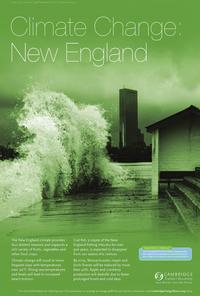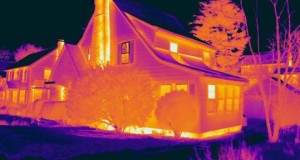
Big news coming out of Boston this week. Last Friday, the Wattzy team had the opportunity to join Mayor Tom Menino and MIT Projessor Sanjay Sarma for an historic announcement – the entire City of Boston is to be scanned in infrared.
Infrared scanning is nothing new in the world of single-family homes, as any energy efficiency pro can tell you. Utilities like NStar even offer home infrared scans at free or discounted cost. They are highly effective at identifying areas of home heating inefficiency. Although commercial services have offered wide-area aerial scans for some time, this will be the first complete street-level scan of a major city.
If any place can use a city-wide scan, it certainly is Boston. Our housing stock is some of the oldest in the country, which means a huge opportunity for energy savings. The Boston Climate Action Leadership Committee estimates that Boston business and residents “could save more than $2 billion over 10 years” through basic weatherization.
It was no coincidence that this historic event took place at the offices of Next Step Living, a leading Boston-based contractor that provides energy efficiency services directly to homeowners.
Contractors like Next Step Living “are the energy drillers of the clean-tech era,” said MIT Professor Sanjay Sarma. “Instead of the Gulf, they are drilling for energy savings in our homes. This infrared technology is for prospecting.” Professor Sarma is widely credited as the technology visionary behind the foundation of the commercial RFID industry.
Continuing with the “Drill, Baby! Drill!” theme, Galen Nelson, the Boston Redevelopment Authority’s green tech business manager said, “The American home is often referred to as the Saudi Arabia of energy efficiency. There’s so much to be capped.”
In addition to developing the infrared technology to scan every square foot of Boston from the aircraft and street level, Professor Sarma isn’t afraid to put his money where his mouth is. He displayed an infrared image of his home pulsating with red highlights from excessive heat loss. A still version is show above.
“An Energy Gusher,” Professor Sarma said, “and a huge opportunity.”
We at Wattzy certainly agree! The opportunity to save with energy efficiency can indeed be huge.
That’s why Wattzy provides Professor Sarma and all residents of the City of Boston with an easy way to estimate and track their savings from energy efficiency projects.


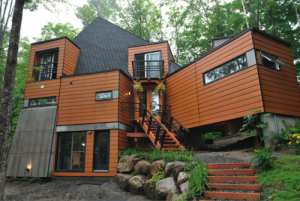
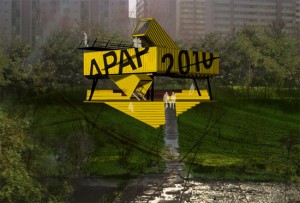
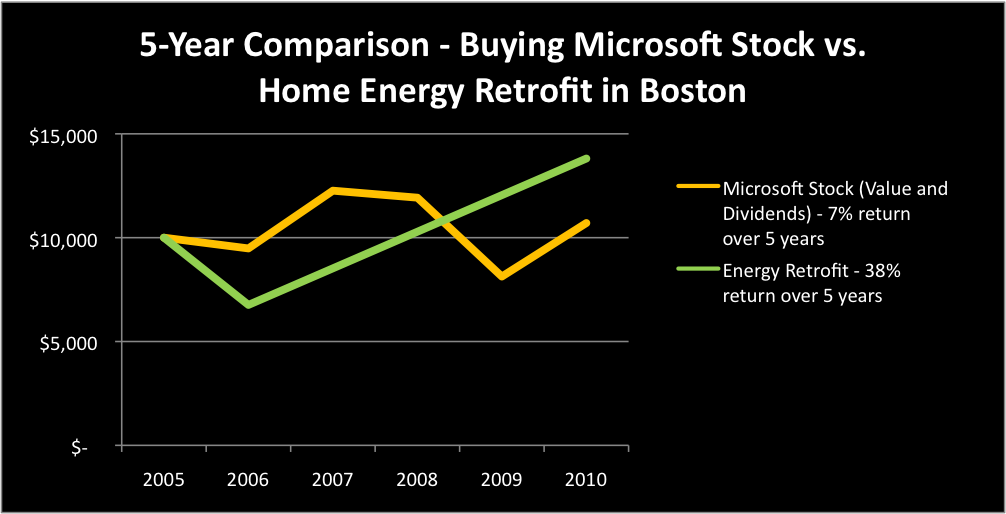
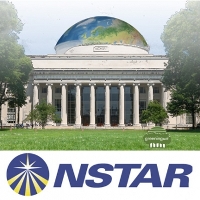


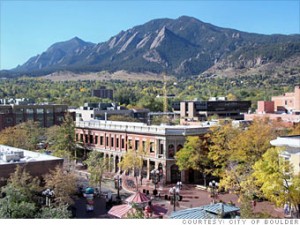 From last week’s
From last week’s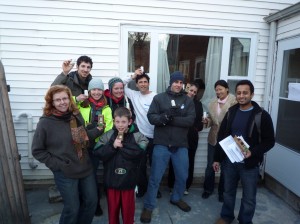 On Sunday, February 21, eighteen volunteers participated in a community canvass campaign to spread awareness about simple home improvements to save money, energy, and the planet. The event organized by the
On Sunday, February 21, eighteen volunteers participated in a community canvass campaign to spread awareness about simple home improvements to save money, energy, and the planet. The event organized by the 